Is White Zinfandel Wine Sweet?
Is White Zinfandel sweet? At Casa Loce, we’ve had countless guests ask that very question while sipping under the golden glow of our vineyard’s evening sun. The answer: yes—but there’s more nuance than meets the eye. Drawing from our hands-on tasting sessions and curated pairings, we’ve come to appreciate White Zinfandel not just for its soft sweetness, but for its vibrant fruit-forward character and approachable charm. In this guide, we’ll share what we’ve learned from years of pouring and pairing this blushing beauty—from what gives it its signature sweetness to how it shines alongside food and in casual conversation.
Top 5 Takeaways
-
Balanced Flavor: Smooth with a refreshing finish.
-
Acidity Influence: Its balance in flavor helps not overwhelm your senses.
-
Temperature Effect: Chilling enhances brightness, while a warmer pour deepens richness.
-
Food Pairing Versatility: Complements an array of dishes.
-
Subjective Taste Experience: Some perceive more fruitiness, while others say differently.
Understanding This Masterpiece
White Zinfandel wine has a unique allure due to its distinctive flavor, providing an intriguing appeal to enthusiasts.
Its taste can either be intensified or toned down by adjusting the serving temperature.
Beyond its appealing blush color and sugary allure, it delivers a complex experience catering to diverse palates and events.
The Taste Profile
A captivating blend of flavors emerges from it, making this an experience for the senses. Its pink hue often elicits playful glances, but its balanced sweetness and acidity capture surprise.
Its flavor doesn't overpower. Acidity successfully balances out this aspect, making it adaptable for pairing with numerous dishes.
Factors Influencing Its Flavor
Primarily, the fermentation process comes into play. Yeast consumes juice sugar, transforming it into alcohol.
Variety also significantly influences its taste. Some that are famous for their high natural sugar content can yield stronger outcomes, particularly when fermentation is interrupted early. In contrast, there are those possessing lower levels.
Comparing The Taste
When you compare this to other varieties, it typically boasts more structure and complexity, often revealing fruity notes of strawberry, melon, and peach.
Spicy dishes pair excellently due to their power to balance the heat. Lighter fare, including salads and seafood, also match well.
Checking The Scale
In grams of sugar per liter, it spans from bone-dry to exceedingly sweet. It typically sits within the off-dry to medium range, containing between 12 and 45 grams of sugar per liter.
The levels for this type can diverge quite a bit, influenced by the winemaker's style or the particular vintage.
“Multiple years of tasting and evaluation of White Zinfandel have shown us how its strong fruity character creates an optimal mix of crisp acidity with subtle sweetness. Common misconceptions about the wine are false given its deep array of fruity scents that encompass strawberry with melon and citrus-tasting notes. The drinkable temperature of White Zinfandel can be adjusted from chilly to warm according to preferences and tastes as it maintains its flavor profile and depth of richness. Reading the different sugar levels from off-dry to medium helps wine lovers comprehend how winemakers design their flavor profile since this grape variety delivers many more features beyond pure sweetness.”

Supporting Facts and Statistics
Understanding the factors influencing White Zinfandel's sweetness involves examining winemaking processes and consumer preferences. Here are key statistics and insights:
1. Residual Sugar and Wine Sweetness:
-
The sugar not converted to alcohol during fermentation is known as residual sugar and is usually measured in grams of sugar per liter of wine (g/L). Residual sugar is indicative of a wine’s relative sweetness.
Source: grapes.extension.org
2. Fermentation Dictates Sweetness
-
Stuck fermentation (yeast dying early) leaves sugar behind—this is how Sutter Home accidentally created sweet White Zinfandel.
-
Back sweetening (adding sugar post-fermentation) is another common method.
-
Winemakers can control fermentation length to adjust sweetness.
Source: journals.asm.org
3. Residual Sugar: The Sweetness Indicator
-
RS is the sugar left after fermentation.
-
Early fermentation stoppage: Leaves natural sugar behind.
-
Back sweetening: Adds sugar post-fermentation.
Source: homebrewing.org
These statistics highlight how winemaking techniques and grape cultivation influence the sweetness and popularity of White Zinfandel.
Final Thoughts & Opinion: The True Appeal of This Rosé-Style Favorite
Whether you're new to this category or a seasoned enthusiast, its versatility makes it a compelling choice.
Why It’s Unique
-
Adaptability – Serving temperature alters the experience.
-
Food Pairing Flexibility – Pairs well with everything from spicy dishes to creamy desserts.
-
Balance of Flavor – Acidity and fermentation techniques create a dynamic profile that can range from refreshing to more indulgent.
Different factors influence its profile which makes each pour an opportunity to explore new flavors and pairings.
Frequently Asked Questions
Is White Zinfandel considered a sweet wine?
Yes, White Zinfandel is considered a sweet wine. It's known for its fruity flavor and low alcohol content, which makes it a popular choice for those who prefer a less intense, sweeter wine.
Is Zinfandel wine dry or sweet?
Zinfandel wine can be both dry and sweet, depending on the specific brand and style. However, White Zinfandel is typically on the sweeter side.
Which is sweeter, rosé or White Zinfandel?
White Zinfandel is usually sweeter than rosé. While both are pink wines, White Zinfandel has a higher sugar content which contributes to its sweet taste.
Is White Zinfandel better than Moscato?
Whether White Zinfandel is better than Moscato depends on individual taste preferences. Moscato is often sweeter and more fruity, while White Zinfandel tends to be lighter and less sweet.
Which is sweeter, Pinot Grigio or White Zinfandel?
White Zinfandel is generally sweeter than Pinot Grigio. Pinot Grigio is typically a dry white wine, while White Zinfandel is known for its sweet and fruity flavors.
Why is white Zinfandel so cheap?
White Zinfandel is so cheap because it's made in large quantities and it's not aged, which keeps production costs down. Additionally, its grapes grow easily and abundantly in California, contributing to lower costs.
What is the best sweet wine for beginners?
For beginners looking for a sweet wine, Moscato can be a great option. It's fruity, sweet, and light in alcohol, making it a good introduction to sweet wines.
How sweet is Barefoot White Zinfandel?
Barefoot White Zinfandel is quite sweet. It has fruity flavors like strawberry and peach, with a touch of sweetness and a smooth, refreshing finish.
What is the sweetest white wine?
The sweetest white wine is often considered to be a dessert wine like Sauternes. These wines are intensely sweet, often with rich flavors of honey, apricots, and peaches.
Is Barefoot White Zinfandel a sweet wine?
Yes, Barefoot White Zinfandel is a sweet wine. It is known for its light, fruity flavor profile, and its noticeable sweetness.
What's the best sweet red wine?
For a sweet red wine, you might consider a Port wine. These wines are rich, and sweet, and often have flavors of dried fruits and spices.
What pairs well with White Zinfandel?
White Zinfandel pairs well with a variety of foods due to its fruity sweetness. It goes particularly well with spicy dishes, light salads, and seafood.
Join us for a look into our elegant approach to winemaking and gracious hospitality. We welcome our members and their guests by appointment only. Become a member or book an event by visiting CasaLoce.com
Casa Locé
Upper Ojai California
10065 N Ojai Rd, Ojai, CA 93023
https://maps.app.goo.gl/E7YQCnXAFHq1bKz46




